CCL Review
Follow developments in linkages between Communities, Conservation and Livelihoods, around the world.Welcome to the quarterly Communities, Conservation & Livelihoods REVIEW, from the Community Conservation Research Network.
The CCL REVIEW focuses on local communities engaging in conservation and environmental stewardship, to sustain their local ecosystems and economies, around the world – as well as how governments, and others, can best support these community initiatives.
The “Spotlight” section features contributions from the Community Conservation Research Network, while the “Digest” section presents the latest news and resources from a wide range of sources, including international organizations, NGOs, civil society and reputable media outlets.
You are welcome to explore CCRN’s wide range of resources on community conservation and livelihoods, at the Communities, Conservation & Livelihoods website. We also invite you to connect on Twitter and Facebook to share some of these stories with friends and colleagues. Finally, for any questions or feedback, please contact us at CCRN@smu.ca.
Spotlight
The “Spotlight” section features new contributions from CCRN participants around the world.
Community-Based Land and Soil Conservation on Atauro Island, Timor-Leste
By Cintia Nascimento
In Timor-Leste, traditional rules, known as tara bandu, reflect customary law to manage the relationship between humans and between humans and natural resources (read more). Tara bandu has led to successful implementation of Marine Protected Areas (MPAs) and Locally Managed Marine Areas (LMMAs). Now, on Atauro Island, community members, Non-Governmental Organizations (NGOs) and the Timorese government have successfully started to implement water conservation and permaculture projects to improve land conservation and food security. As reported by the community leader of Vila Maumeta, Filipe Ximenes, these initiatives included community training with Permakultura Timor Leste (Permakultura Timor Lorosae – PERMATIL). The group trained community leaders from Vila Maumeta and Beloi villages by facilitating sustainable agriculture practices through permaculture systems aiming to conserve water resources, integrating pest prevention and agroforestry for farmers undertaking horticulture activities. As a country with a hot tropical climate with an extended dry season and without rivers, this training was an important initiative to help conserve crucial water sources available to local communities for drinking and watering crops, enabling communities to protect their environment and sustain their livelihoods.
Read the full story by Cintia Nascimento
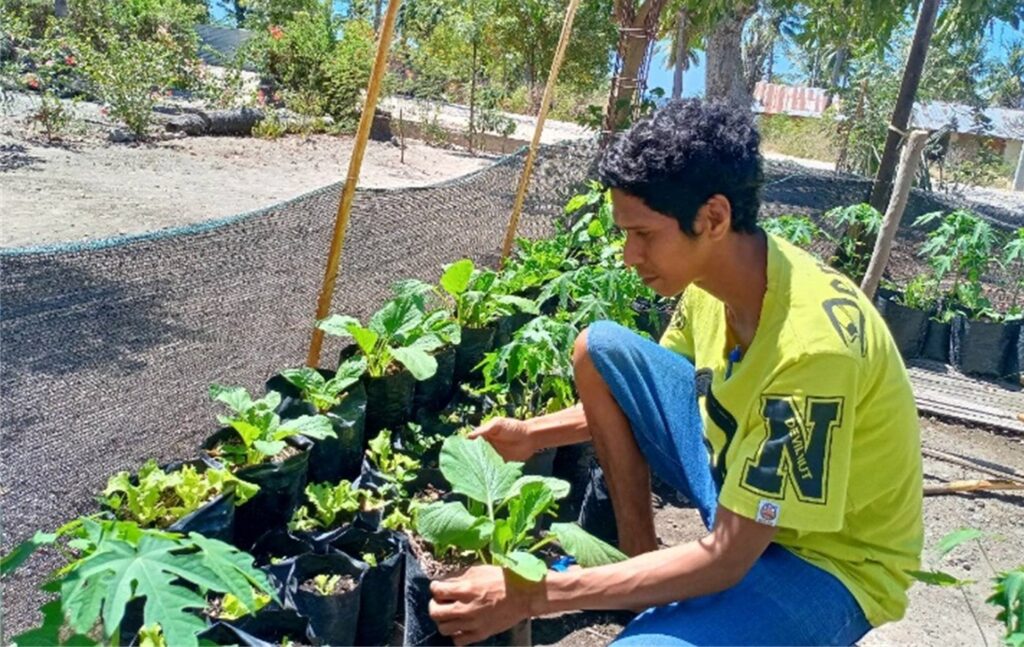
Community Conservation Horizon Scan
A new ‘horizon scan’ has been produced, looking into the future of community-based conservation, to support development and strategy for effective community conservation over the next 15 years. The project, a collaborative effort spearheaded by the Wilder Institute, Calgary Zoo’s Conservation Team, identified key emerging themes related to six broad categories: global biodiversity policy; human and community rights; shifting human geography; diversity, equity, inclusion and inclusion access; conservation finance and income; and economic reform.
Many of the results fit with the goals and priorities of the Community Conservation Research Network, including increased recognition of Indigenous and community land tenure, resource management and cultural rights; power shifting from global, transnational, or neocolonial actors to local actors; co-creating knowledge across disciplines and cultures, elevating local and Indigenous perspectives; and increasing the diversity of conservation-compatible livelihoods.
To learn more about the project or to read the full briefing document, visit their website.
Members of the Community Conservation Research Network contributed to this project
Digest
The “Digest” section presents the latest developments, and resources, assembled from a wide range of sources, including international organizations, NGOs, civil society and reputable media outlets.

Taloyoak land guardians take their experience to the sea
“Taloyoak’s land guardians are taking to the water. A group of six, including two youth, have expanded their duties to include oversight of the oceans and freshwater of the Boothia Peninsula region, where the community is located. Guardians are trained local experts who act as the eyes and ears of traditional lands and waters. They play a crucial role in Indigenous-led conservation and preservation efforts. The guardians are also tasked with monitoring and measuring the ocean and freshwater environments to track climate change impacts, species population health and diversity, as well as boat traffic. Combining traditional Inuit knowledge and western science methods is central to the guardian program. It allows members to build their own collections of data and observations, and strengthens the position of local Inuit as co-managers of their own lands and waters.”
Keep Reading (Nunatsiaq News)
Themes:
● Indigenous Issues ● Engagement, Education & Empowerment ● Governance, Rights & Conflict
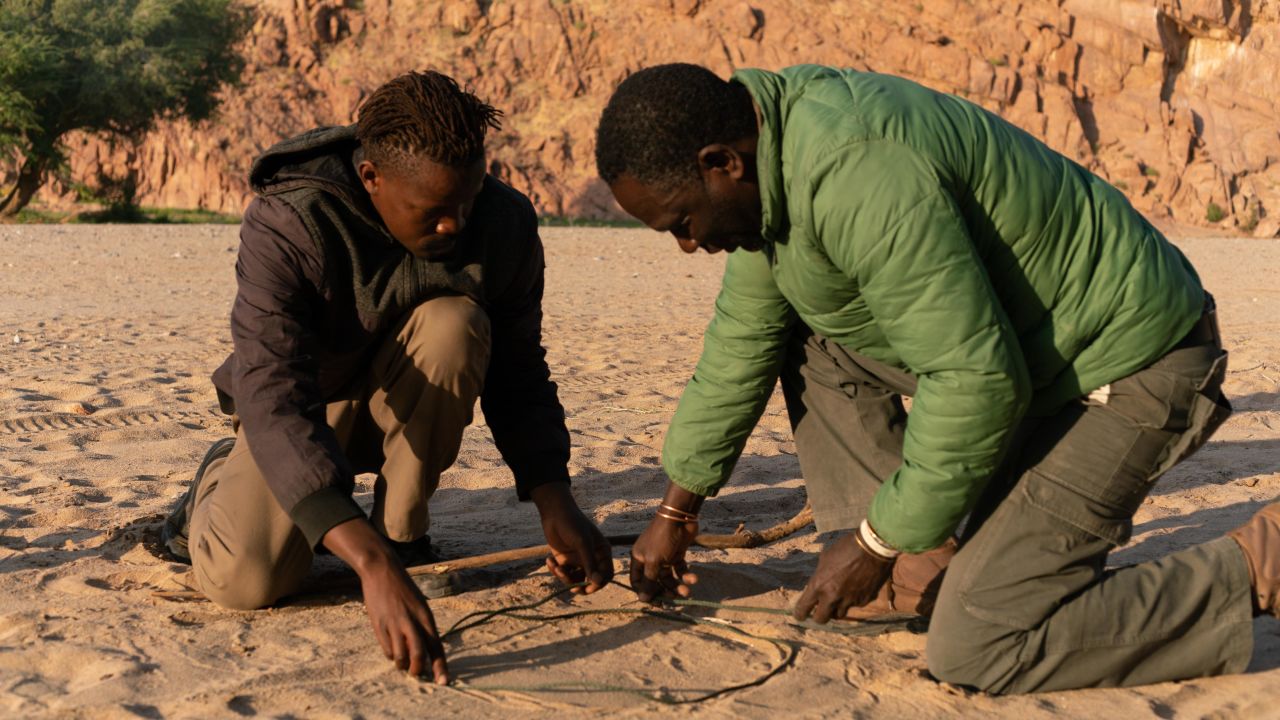
Desert elephants are finding friends in the drylands of Namibia
“Elephant-human conflict is an issue across Africa and can result in fatalities on both sides, as well as elephants being driven out of areas. In Namibia, elephants regularly venture into villages in search of food and water, where they can damage community water tanks and devastate subsistence farmers’ crops. That can cause significant tensions between them and economically vulnerable communities. Kasaona has lived his whole life in the northwest of Namibia, where his father taught him to respect and track wildlife. In turn, he is teaching the next generation of “elephant guardians,” including Taiwin Garoeb, who admits that he used to be scared of the animals. Both Kasaona and Garoeb have been appointed elephant guardians by the community, an example of Namibia’s wider community-led conservation model, where conservation is managed by the ancestral custodians of the land. This model is being increasingly implemented in elephant ranges elsewhere in Africa, according to Ian Craig, conservation director for NRT Kenya, which develops community conservancies.”
Keep Reading (CNN)
Themes:
● Governance, Rights & Conflict ● Wildlife & Fisheries ● Livelihoods
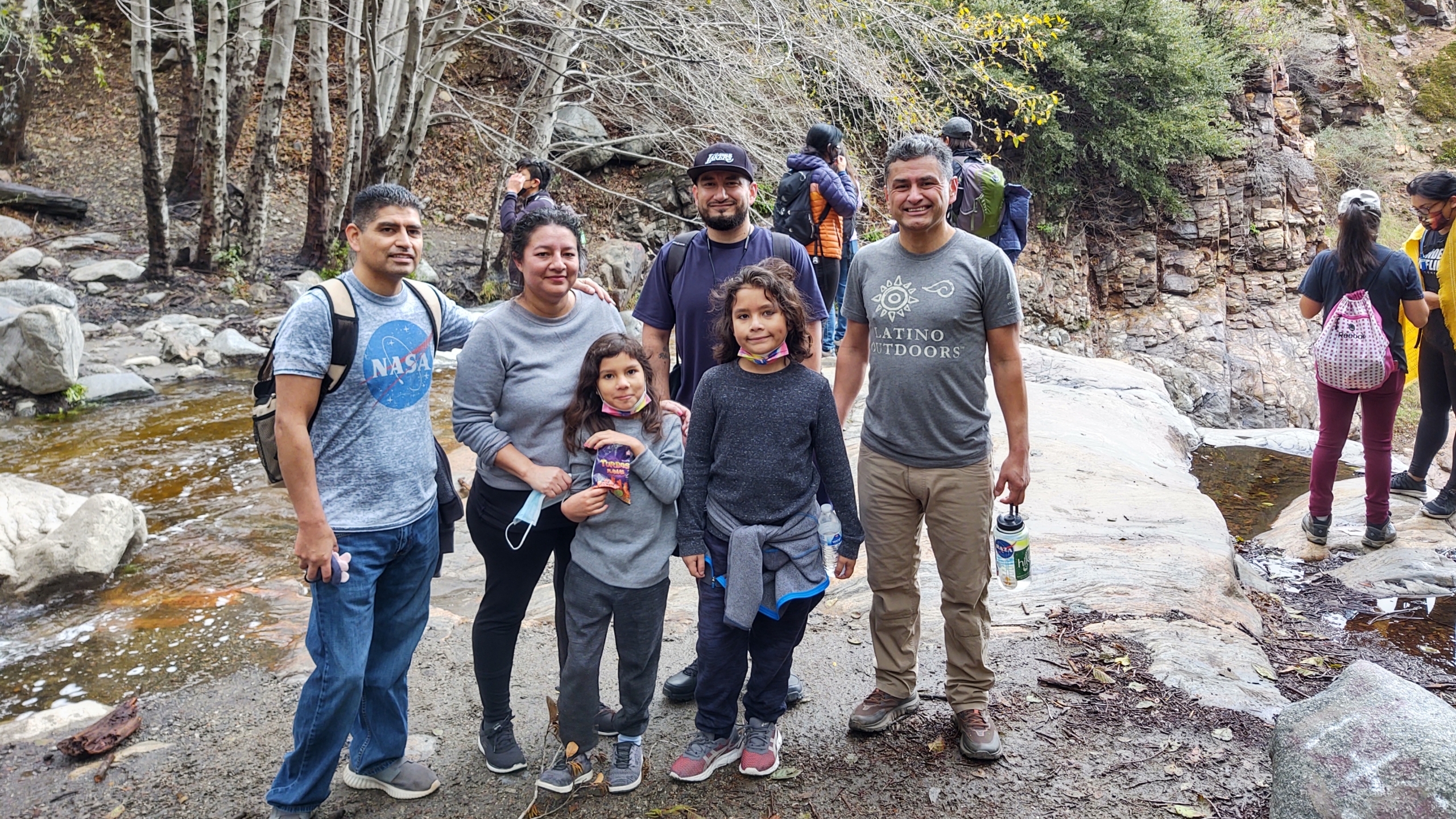
Latino leaders on the power of community-led conservation
“A groundswell of support in El Paso has risen in recent years to restore and protect Castner Range as a national monument. In this binational town, where more than eight out of 10 residents identify as Latino or Hispanic, that groundswell could be a reflection of continued high levels of support for access to, and conservation of, public land in the broader Latino community. But also at work is the local leadership of those like Pastor Moses Borjas, who is part of a community-led campaign centered around improving access to nature for El Paso residents.”
Keep Reading (Hewlett Foundation)
Themes:
● Conserved Areas ● Governance, Rights & Conflict ● Engagement, Education & Empowerment

Indigenous Knowledge guides the conservation of culturally important plants
“Since time immemorial, the Karuk tribe of northern California have managed their ancestral lands, over 400,000 hectares of open oak woodlands, meadows, and forested mountains along the middle section of the Klamath River. They used low-level fires to maintain a healthy landscape for the plants central to their culture. But after settlers arrived in California, stole their land, and outlawed the controlled burns, the landscape changed . . . Now, the costs of fire suppression and worsening climate change are clear: Wildfires and drought have damaged the landscape and plants used by the Karuk Tribe for food, fiber, and medicine. To chart a path toward restoring a healthier balance, Tribal members are working with academic researchers to inform western science with Indigenous Knowledge.”
Keep Reading (Mongabay)
Themes:
● Cultures and Traditions ●Indigenous Issues ● Engagement, Education & Empowerment ● Climate & Environmental Changes

A wall that restores land and empowers communities in Niger
“Within a few years, the devastating effects of climate change and unchecked human activity consumed the ecosystems like a bushfire, and Dandakoye and his community members found themselves on degraded land with no vegetation or wildlife. In 2018, the Forest and Landscape Restoration Mechanism of FAO came to his community and chose Dandakoye to head the management committee in recognition of his commitment to finding solutions. He then mobilised more than 1 500 members of his community to participate in the FAO Cash for Work seeding and planting activities. The community grew grass fodder on this area and planted trees, such as jujubes, baobabs, palms and gum trees, that yield products for human use and consumption. Under his leadership, a total of 213 hectares were recovered in 77 days, providing farmers with income totalling approximately USD 66 000.”
Keep Reading (FAO)
Themes:
● Climate & Environmental Changes ● Engagement, Education & Empowerment ● Livelihoods
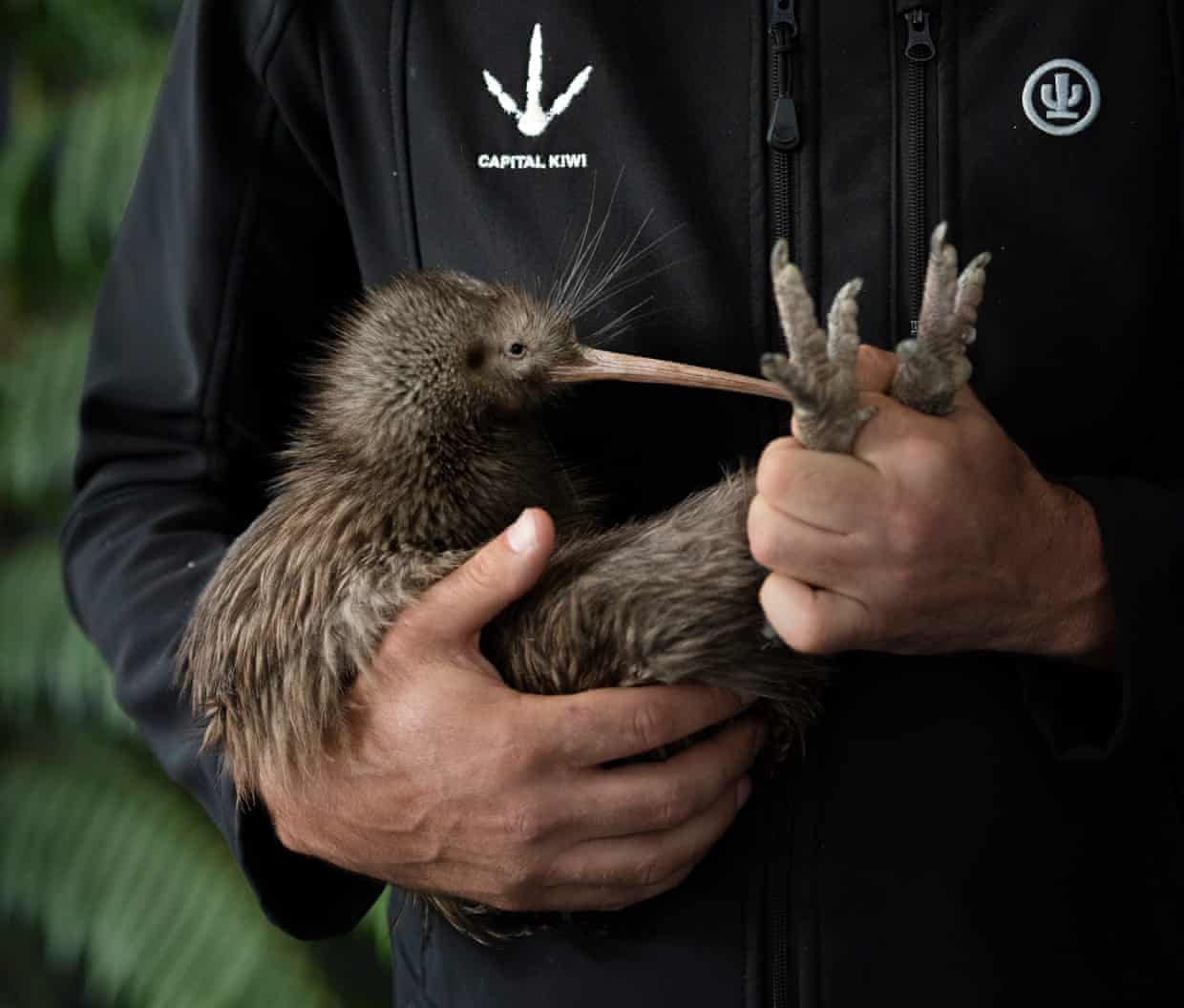
‘Intrinsic to our identity’: kiwi brought back to Wellington’s wilds
“The birds’ release was an especially moving moment for the man who spearheaded the project. “You know how people say they get goose-bumps? I describe it as kiwi-bumps,” says Paul Ward, a self-described bird nerd who, in 2018, put his film career to one side to establish the Capital Kiwi Project – a community conservation project dedicated to reintroducing a wild kiwi population back to the capital. Four years later, and the $4.5m project, which receives much of its funding through Predator Free 2050 (a nationwide pest eradication plan), has ticked off its first major goal. On 19 November, a ceremony took place at Mākara primary school involving 300 people from the Capital Kiwi Project, iwi (tribes), the local community, conservation enthusiasts and landowners.”
Keep Reading (The Guardian)
Themes:
● Wildlife & Fisheries ● Climate & Environmental Changes ● Engagement, Education & Empowerment
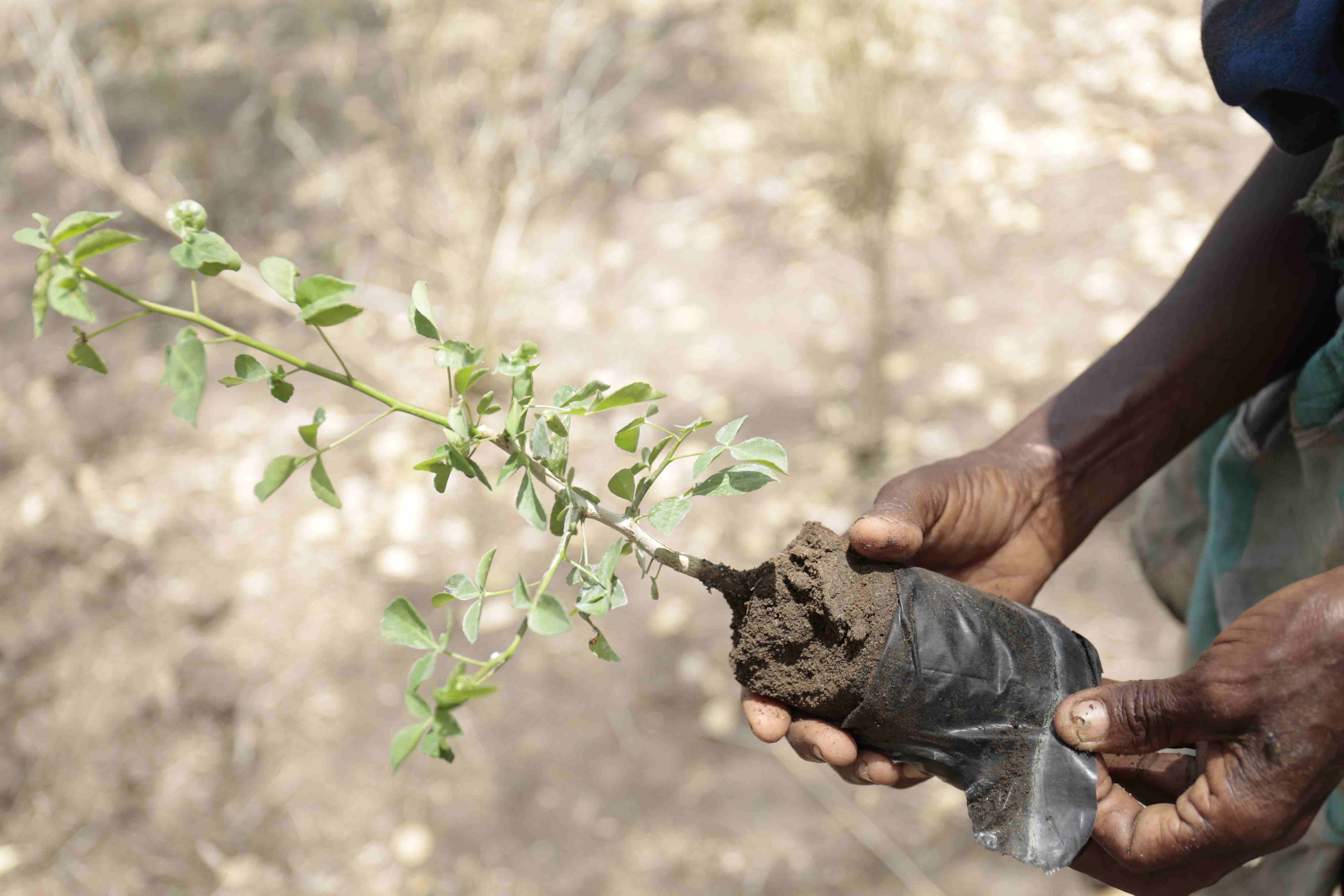
The Restoration Initiative: A Kenya Tana Delta story
“Hundreds of mangrove seedlings stand tall on a patchy stretch of land in Kipini, a settlement along the Tana River delta in Kenya. The newly planted seedlings reach skyward despite the scorching sun above while Riziki Bwanake, a village headwoman who was born and raised here, delicately tends to the plants . . . Bwanake’s Kipini CFA strives to address the threats to mangroves, such as the unsustainable and illegal harvesting of mangrove trees, the clearing of forests for agriculture, sedimentation of mangrove areas and sea-level rise. The 89 members of the Kipini CFA have already planted close to 100 000 mangrove seedlings and have established two mangrove tree nurseries with over 50 000 seedlings. These efforts are helping preserve the nine-mangrove species found in the Tana River delta for improved prosperity within the region.”
Keep Reading (IUCN)
Themes:
● Governance, Rights & Conflict ● Climate & Environmental Changes ● Livelihoods
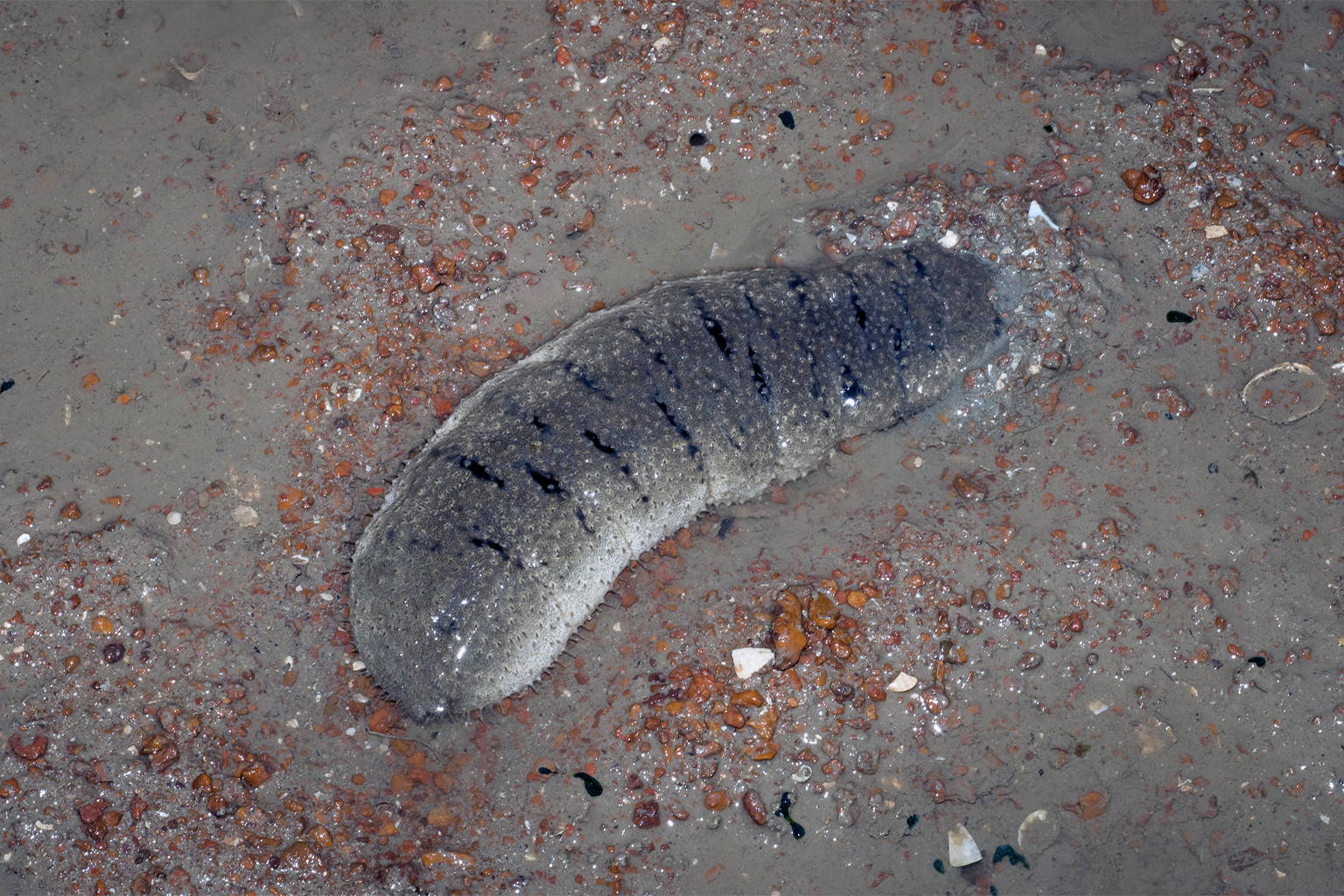
Fishers in Flores Sea opt to limit harvest of overexploited sea cucumbers
“At the end of September, fishermen on Sapuka Island in eastern Indonesia’s Flores Sea made a surprising announcement. They would regulate their sea cucumber harvests, they declared, taking only those specimens above a certain size, and from clearly designated areas during clearly designated times of the year.”
Keep Reading (Mongabay)
Themes
● Wildlife & Fisheries ● Livelihoods ● Governance, Rights & Conflict
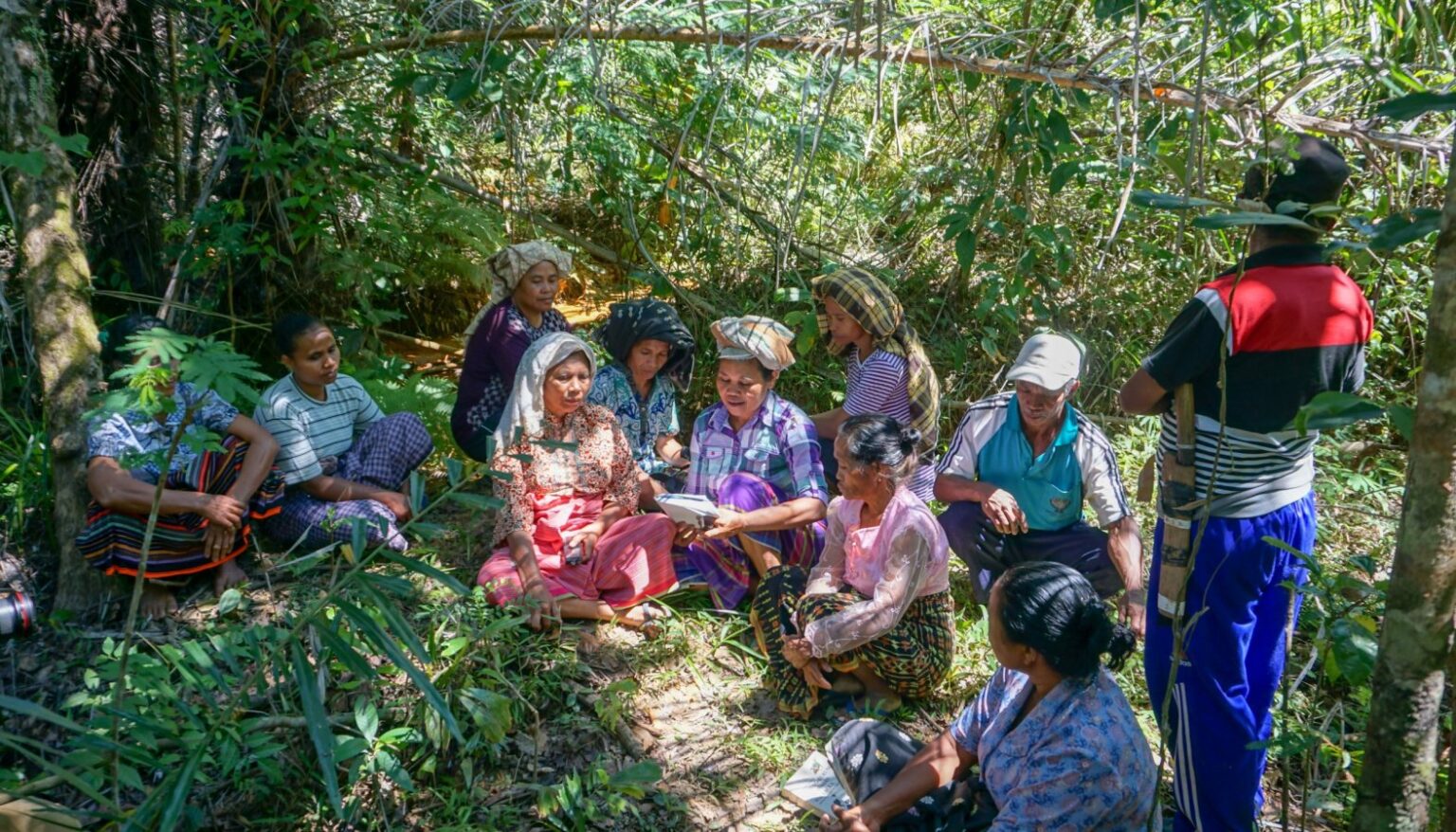
Forests for the future: making a lasting impact for people and forests in Asia and the Pacific
“Forests across Asia and the Pacific are particularly special, teeming with an abundance of birds and other wildlife. Sadly, this has not been enough to spare them from deforestation and illegal logging, but in Indonesia, Malaysia, Papua New Guinea and The Philippines, this is starting to change thanks to local communities.”
Keep Reading (Bird Life International)
Themes:
● Wildlife & Fisheries ● Conserved Areas ● Cultures and Traditions ● Engagement, Education & Empowerment

How Indigenous-led conservation could help Canada meet its land and water protection targets
“In the far northwest of Manitoba, the Seal River flows 260 kilometres through the thick boreal forest into Hudson Bay. It’s the only major river in northern Manitoba without any dams. No roads lead to the river, and there’s only one human settlement in the river’s watershed. That community, the Sayisi Dene, is leading an initiative along with neighbouring Dene, Cree and Inuit communities to protect the 50,000 square kilometres of the watershed. That’s an area of untouched wilderness roughly the size of Nova Scotia, which would be protected from industrial development if the community’s proposal is accepted.”
Keep Reading (CBC)
Themes:
● Indigenous Issues ● Conserved Areas ● Governance, Rights & Conflict
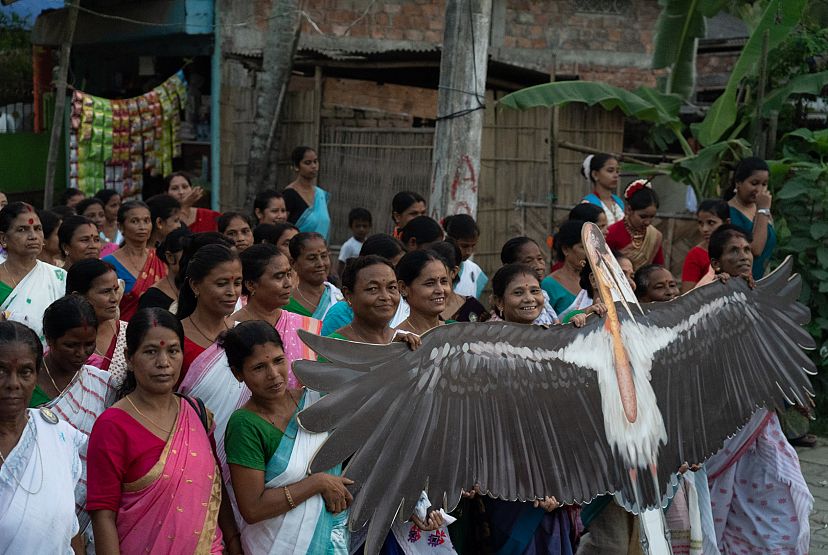
Meet the Indian biologist who completely changed the way local communities treat endangered storks
“’One day I had a life changing encounter, I saw a man cutting down a huge nesting tree for Hargila birds. This is the largest nesting colony of these birds in the world. And from that day my mission started, I wanted to save the species from extinction.’ The Hargila Army is a group of women led by Dr Barman who aim to make an impact on their local communities and environments. They connect their communities with their surrounding ecosystems, and especially Hargila birds, through community activities, workshops, and fundraisers.”
Keep Reading (EuroNews)
Themes:
● Women and Gender ● Wildlife & Fisheries ● Governance, Rights & Conflict

The Return of the Jaguar
“In Mexico, the number of jaguars is now growing, increasing to 4,766 animals in 2018 from 4,025 in 2010, a promising sign that conservation strategies are working. . . A big part of the Jaguar Alliance’s conservation work has been orchestrating deals between the government and local farming communities called ejidos. Many Calakmul ejidos are now pivoting from ranching, agriculture and illegal logging to conservation work, including community forest management and the sustainable cultivation of organic products, like the nutrient-rich Ramón nut, silky Melipona honey that won over the Noma chef René Redzepi and Chicza, an all-natural chewing gum made exclusively from chicle, which the Maya people have harvested from the sap of the chicozapote tree since ancient times.”
Keep Reading (New York Times)
Themes:
● Wildlife & Fisheries ● Engagement, Educations & Empowerment ● Governance, Rights & Conflict
View Previous Issues:
- CCL Review Issue #15
- CCL Review Issue #14
- CCL Review Issue #13
- CCL Review Issue #12
- CCL Review Issue #11


